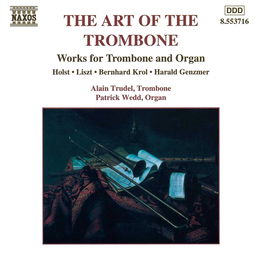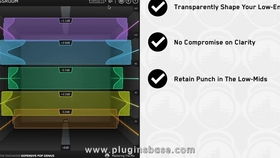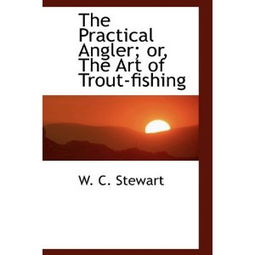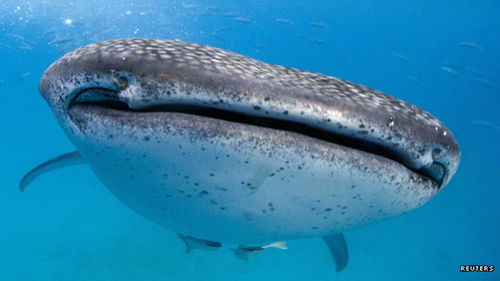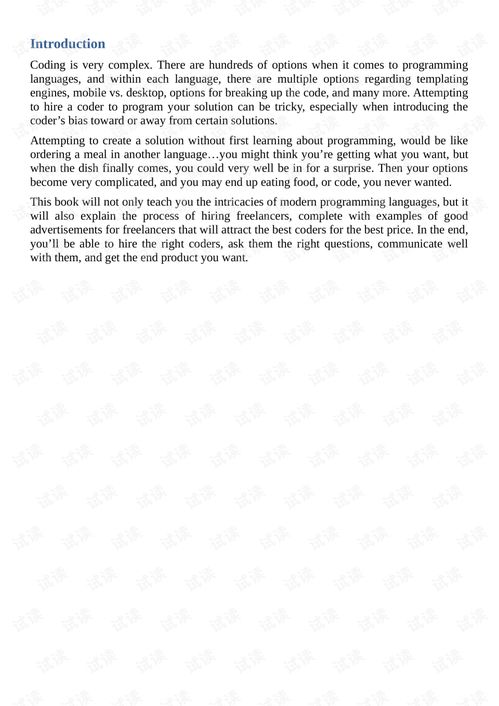In the serene pursuit of angling, the skill of casting and lifting your catch is as crucial as the patience and understanding of the fish. Whether you are a seasoned angler or a beginner, mastering the art of casting and lifting can significantly enhance your fishing experience. This article delves into the essential techniques for effective抬竿(lifting rod)and抄鱼(reeling in the fish).
Understanding the Casting Technique

Casting is the foundation of fishing, as it determines how far and accurately you can place your bait. Here are some key steps to perfect your casting technique:
Positioning: Stand with your feet shoulder-width apart, ensuring a stable base. Hold the fishing rod with both hands, positioning your thumb on the reel and your index and middle fingers on the rod handle.
Backcast: Begin by lifting the rod back over your head, keeping the line tight. The angle of the rod should be around 45 degrees. This motion helps to load the rod with energy.
Forward Cast: As you bring the rod forward, release the line gradually. Your thumb should release the reel at the same time. The rod should follow a smooth, sweeping motion, transferring the energy stored during the backcast to propel the line forward.
Timing: The key to a successful cast is timing. Release the line and the rod simultaneously to achieve the desired distance and accuracy.
Practice: Like any skill, casting requires practice. Spend time casting in different directions and distances to improve your control and accuracy.
The Art of Lifting the Rod
Once you have successfully cast your line, the next critical step is lifting the rod to set the hook and lift the fish. Here’s how to do it effectively:
Set the Hook: As the fish takes the bait, immediately begin to lift the rod tip. This motion applies pressure to the line, triggering the hook to set.
Lifting the Fish: Once the hook is set, lift the rod gently but firmly. The angle of the rod should be around 30 degrees to 45 degrees. This angle helps to maintain control and minimize the risk of the fish breaking free.
Maintaining Pressure: As you lift the fish, maintain consistent pressure on the line. This prevents the fish from pulling away and helps to tire it out.
Steering the Fish: Depending on the direction the fish is swimming, guide it back towards the boat or shore. Use a combination of lifting, lowering, and steering to direct the fish towards your desired destination.
Reeling In: Once the fish is close enough, begin reeling in the line slowly but steadily. Avoid reeling too quickly, as this can cause the fish to become stressed or jump out of the water.
Advanced Techniques
For those looking to take their fishing skills to the next level, here are a few advanced techniques:
Trolling: Trolling involves moving the boat at a steady speed while dragging the bait behind it. This technique is effective for catching fish that follow moving prey.
Jigging: Jigging involves repeatedly lifting and dropping a weighted lure in the water to mimic the movement of prey. This technique is particularly effective for targeting bottom-dwelling fish.
Fly Fishing: Fly fishing requires casting a weighted fly line and a lure called a fly. This technique is known for its challenging and rewarding nature.
In conclusion, mastering the art of casting and lifting in fishing is a skill that requires practice, patience, and understanding. By following these techniques and continuously refining your skills, you will enhance your fishing experience and increase your chances of a successful catch. Happy fishing!

